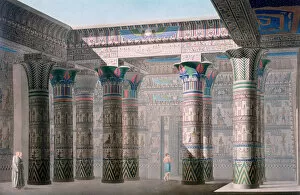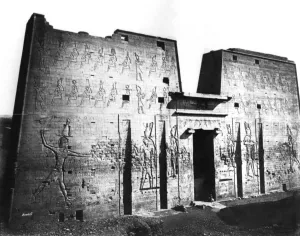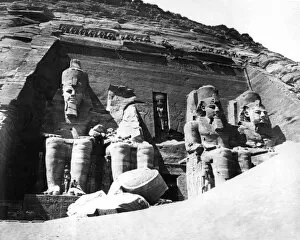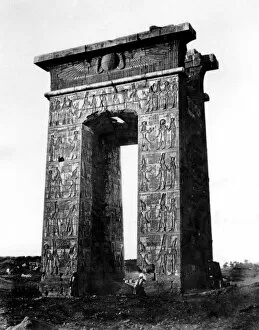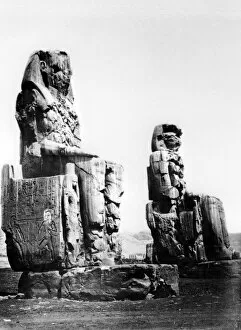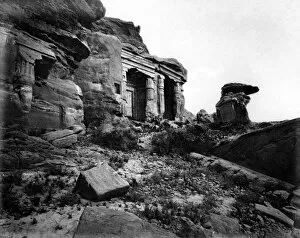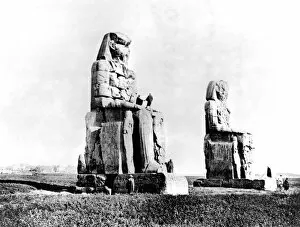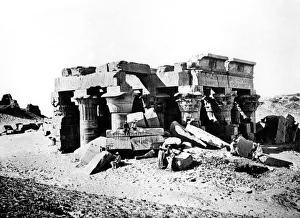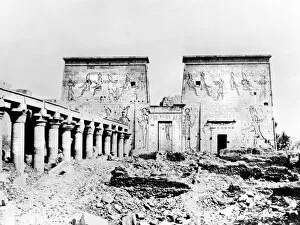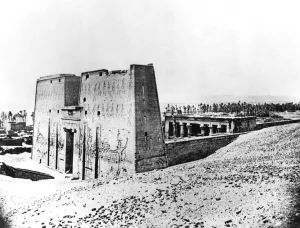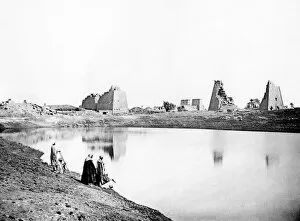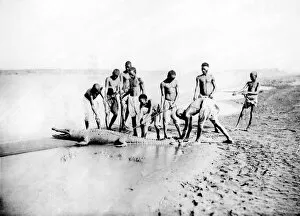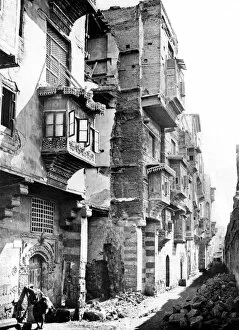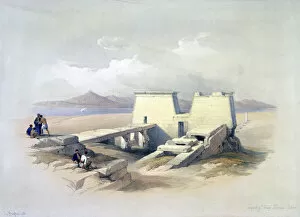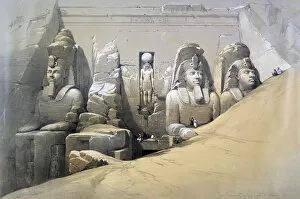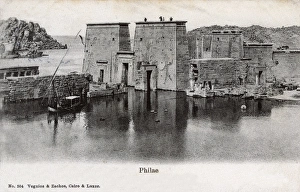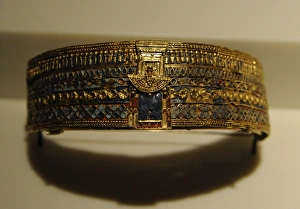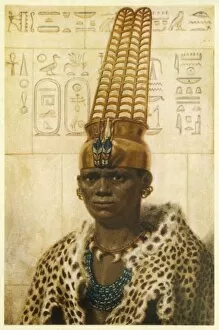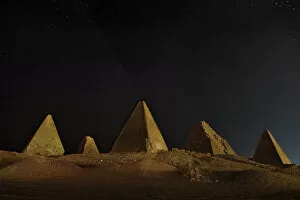Nubia Collection (page 9)
Nubia: A Rich Tapestry of History and Culture Embark on a journey through the captivating land of Nubia, where ancient wonders and vibrant traditions await
For sale as Licensed Images
Choose your image, Select your licence and Download the media
Nubia: A Rich Tapestry of History and Culture Embark on a journey through the captivating land of Nubia, where ancient wonders and vibrant traditions await. This region, located in North Africa, holds a significant place in history, as evidenced by its numerous landmarks and archaeological sites. As we explore Nubia's past, let us begin with a map that traces the footsteps of intrepid explorers who ventured into this mysterious land. From the Arab empire in the mid-700s to present-day expeditions, these maps reveal the allure that has drawn adventurers for centuries. One such marvel is the Ramses II Temple at Abu Simbel - an awe-inspiring UNESCO World Heritage Site nestled in Egypt's Nubian region. Its grandeur stands as a testament to Ramses II's power and architectural prowess. The temple complex also features the Kiosk of Trajan and Temple of Isis – both remarkable structures showcasing intricate designs. Further along our journey lies Lake Nasser's tranquil waters, home to Philae Island and its magnificent Temple of Philae. This island sanctuary offers respite amidst breathtaking surroundings while preserving ancient Egyptian heritage within its walls. The Grand Portico beckons visitors with its timeless beauty captured vividly in a 19th-century lithograph. Venturing deeper into Nubia reveals more hidden gems like the Hypostyle Hall at Abu Simbel's Temple of Hathor and Nefertari – another UNESCO World Heritage Site adorned with stunning hieroglyphics depicting tales from long ago. But it is not just monumental architecture that defines Nubia; it is also found within its people. A visit to a painted village near Aswan allows us to witness firsthand their vibrant culture and artistic expressions passed down through generations. As tourists gather before the imposing Temple of Re-Herakhte or bask under starlit skies illuminating Ramesses II’s temple at night, they become part of Nubia's ongoing story.


